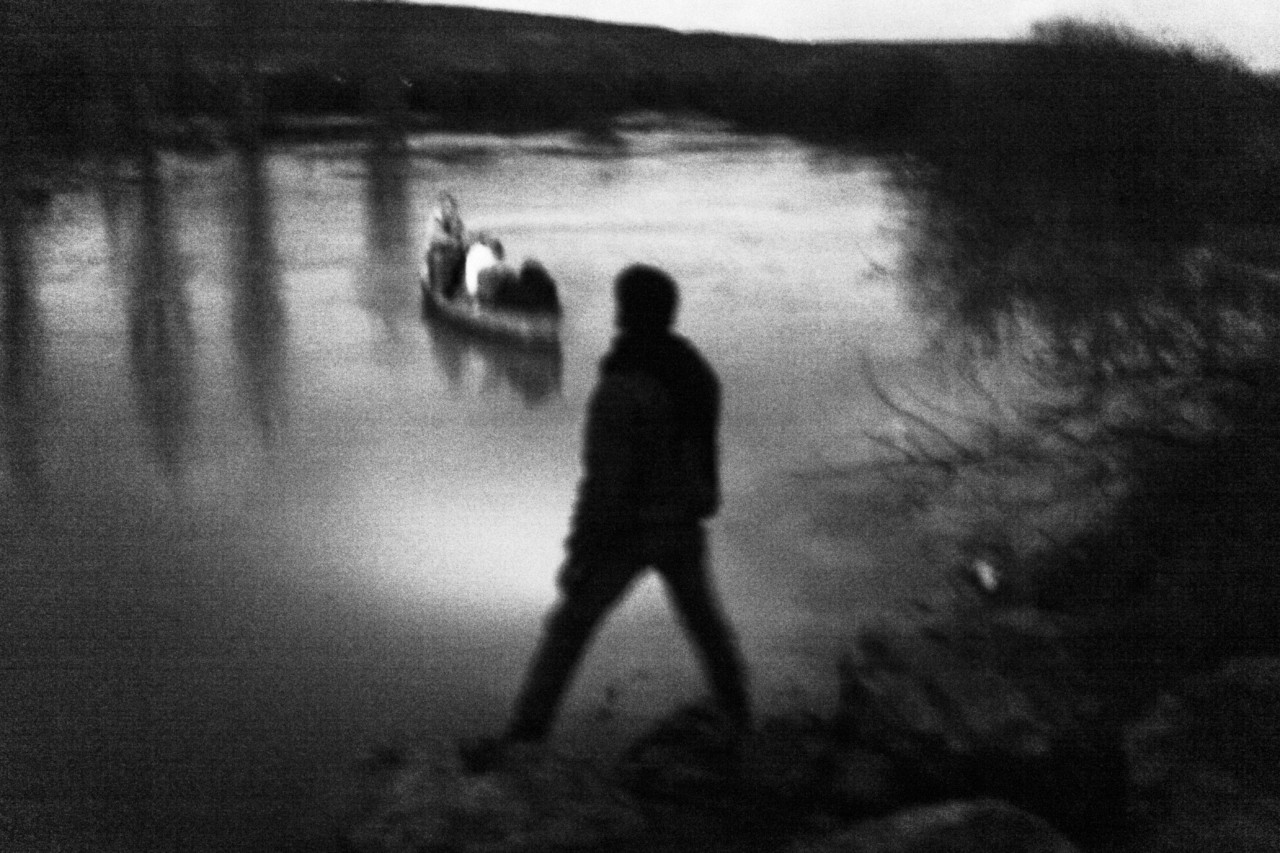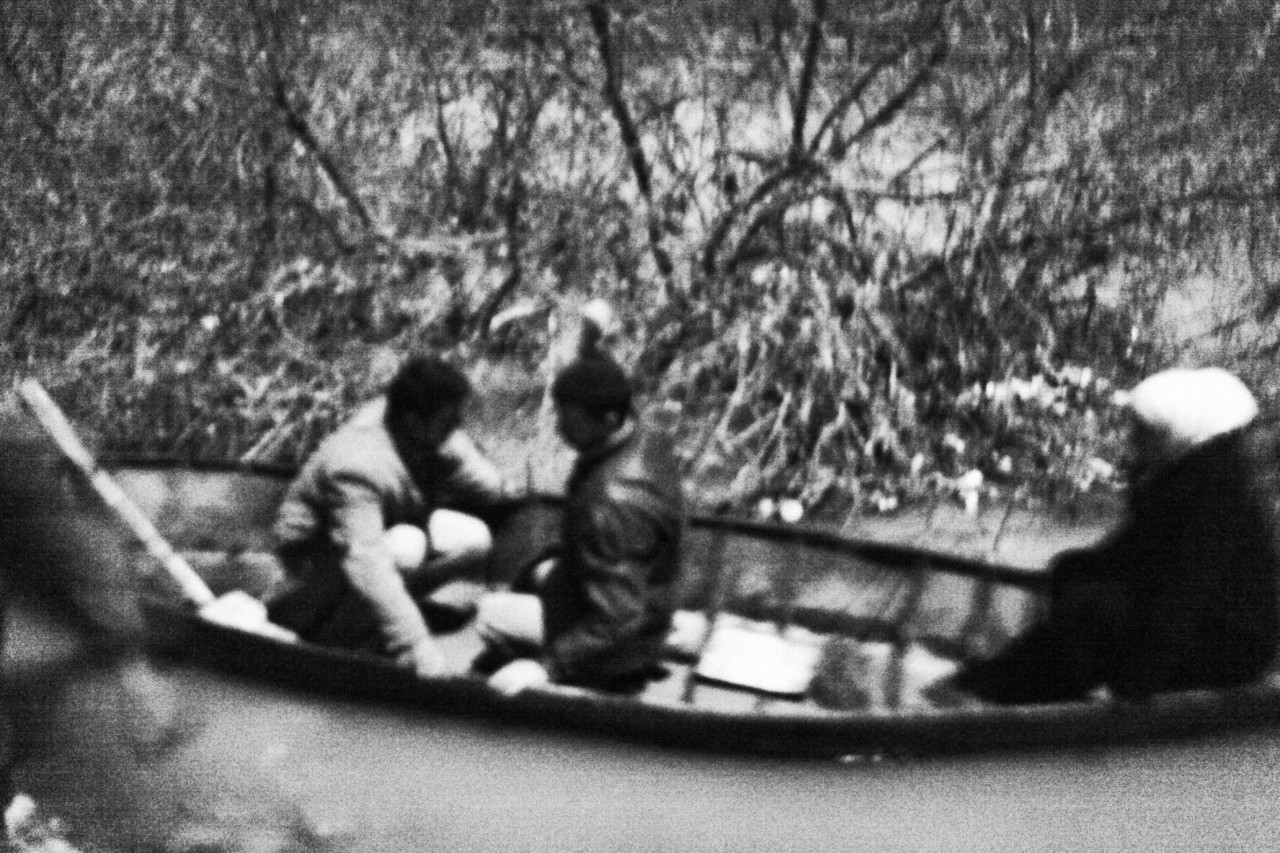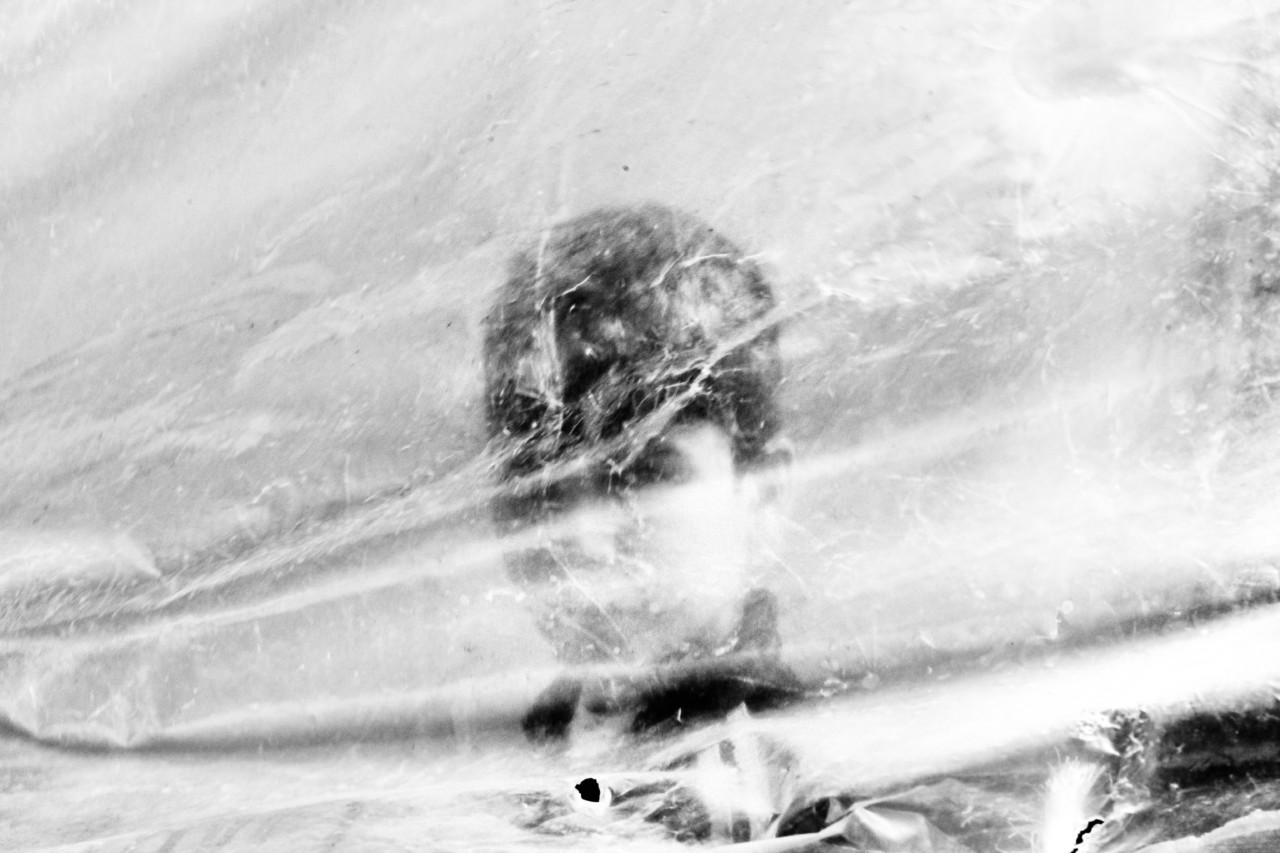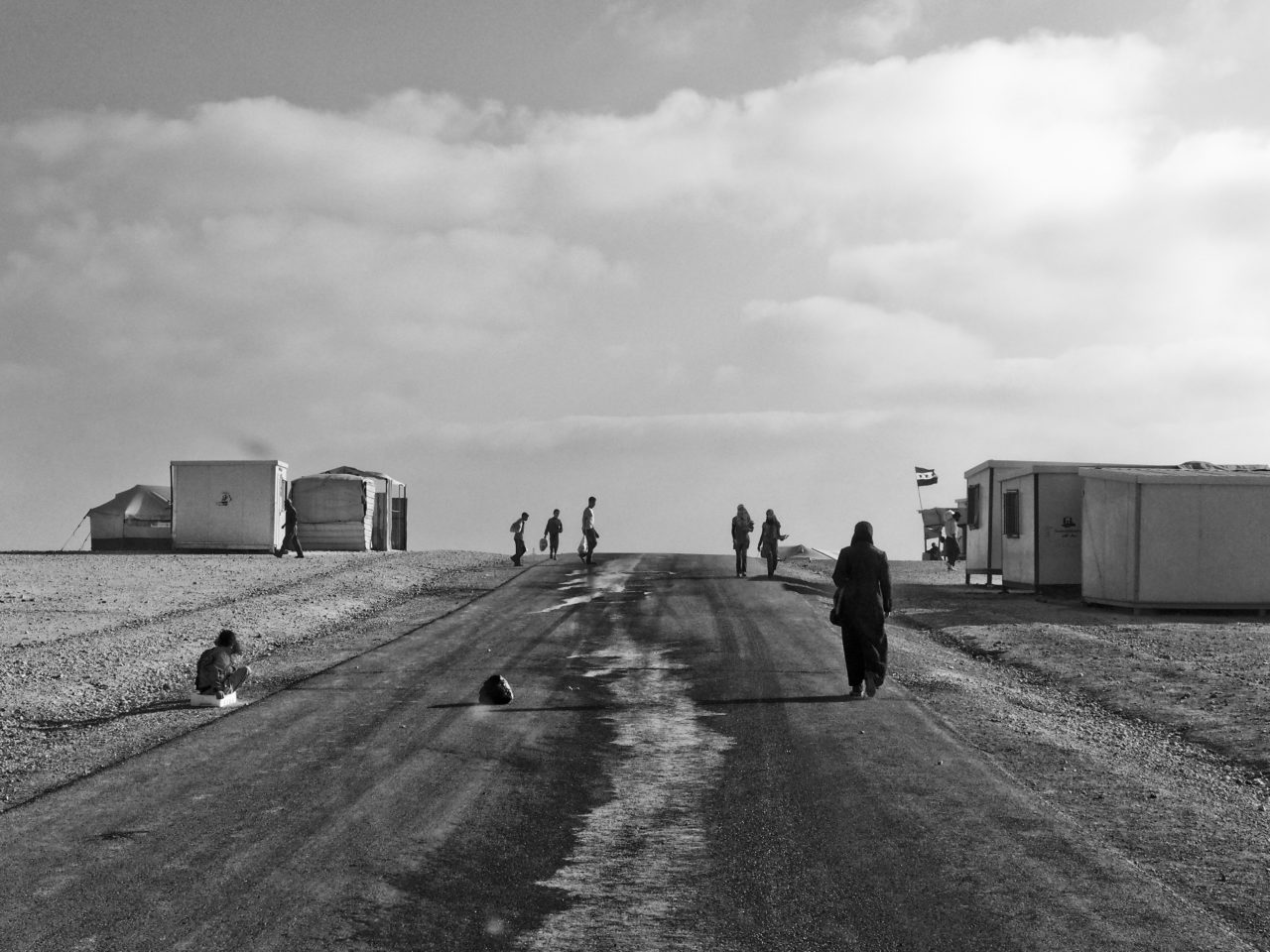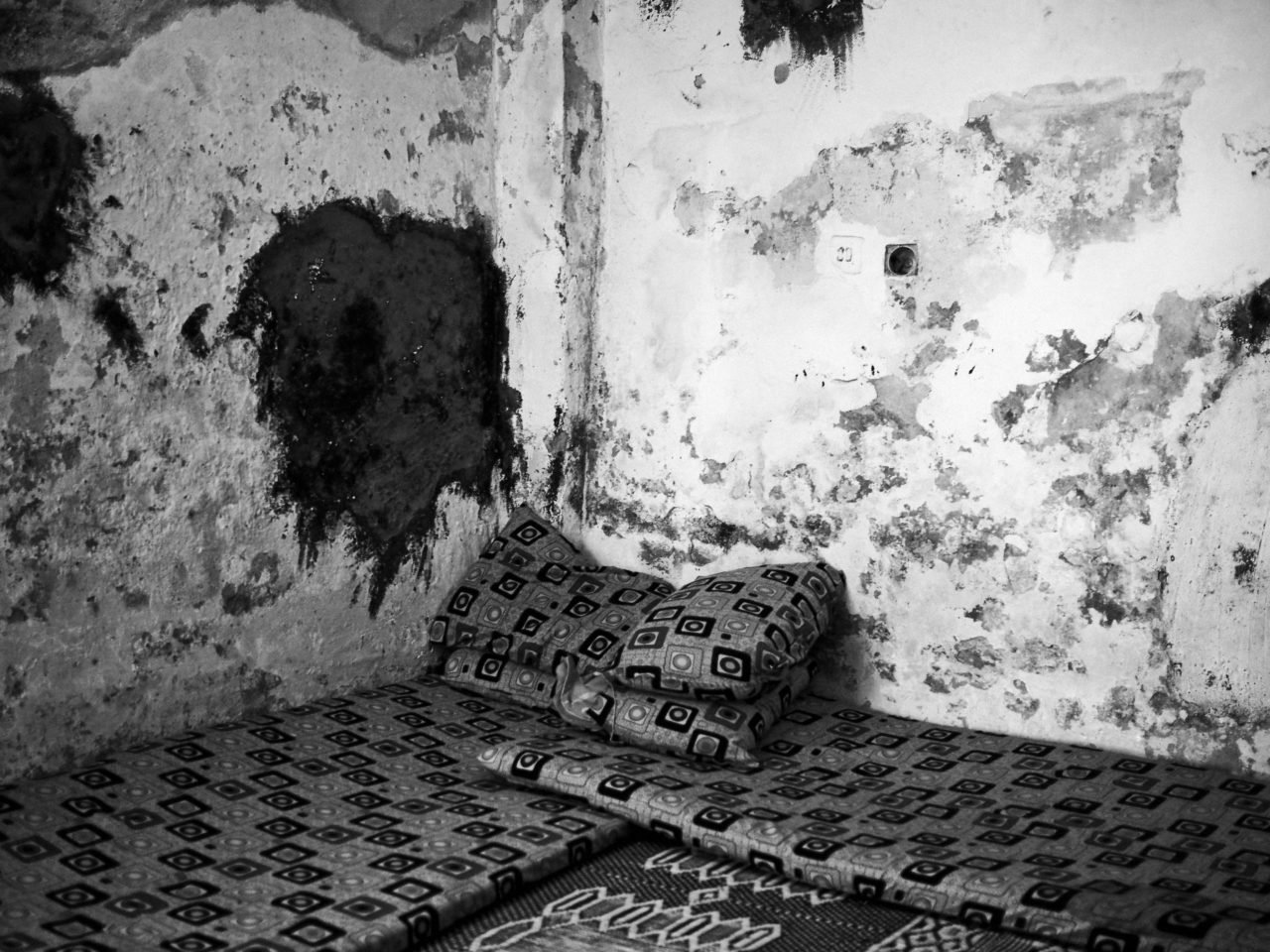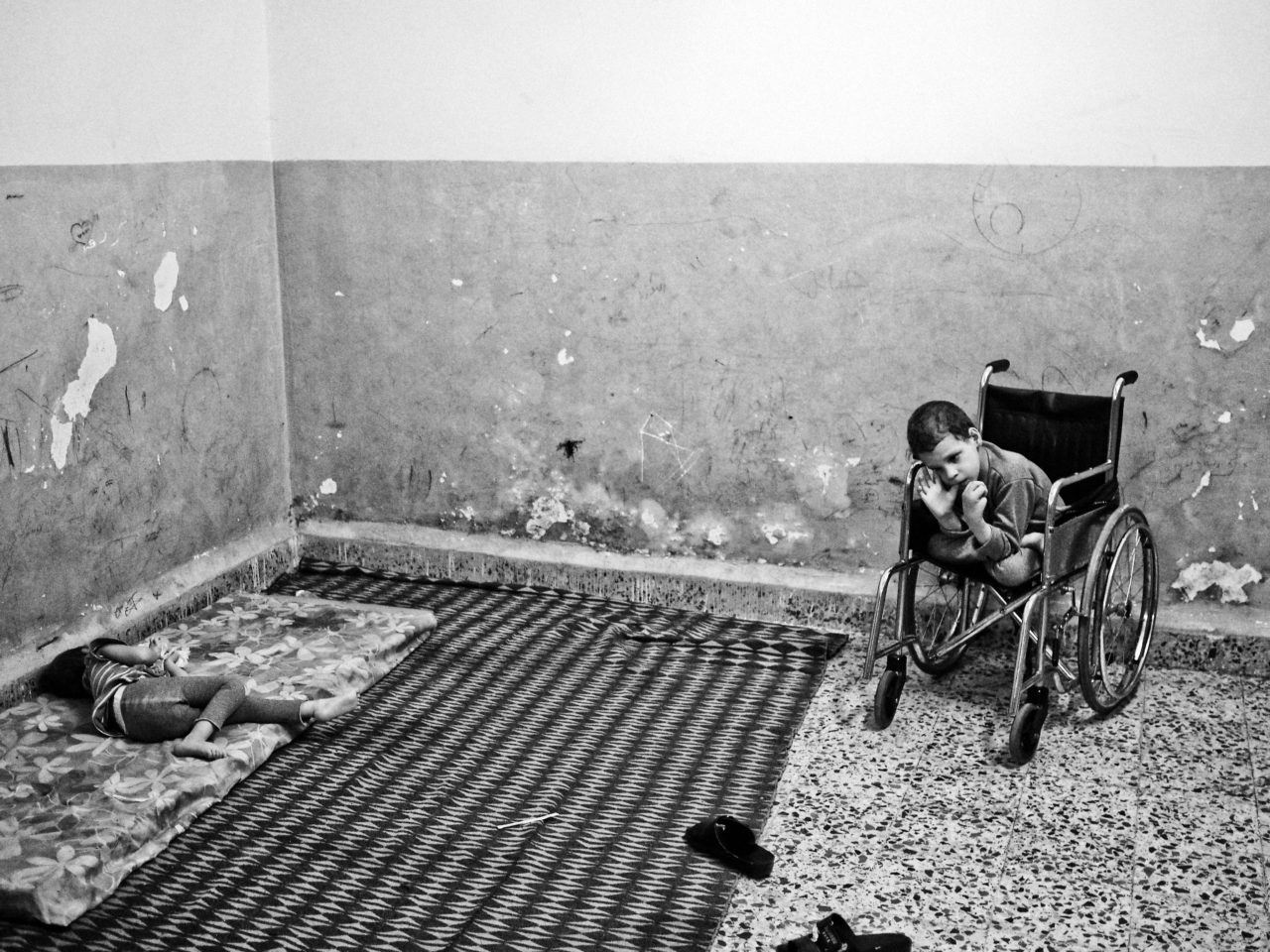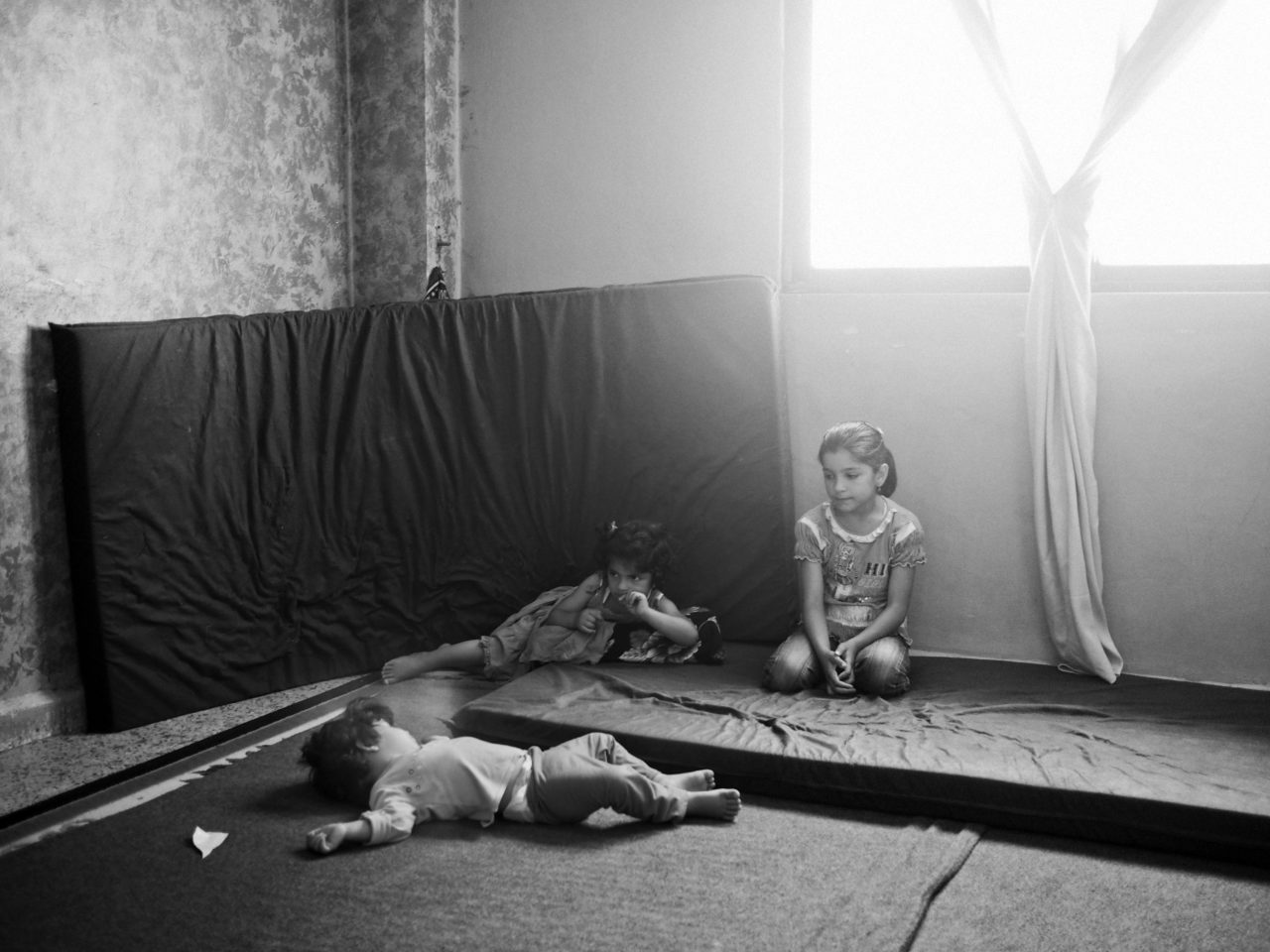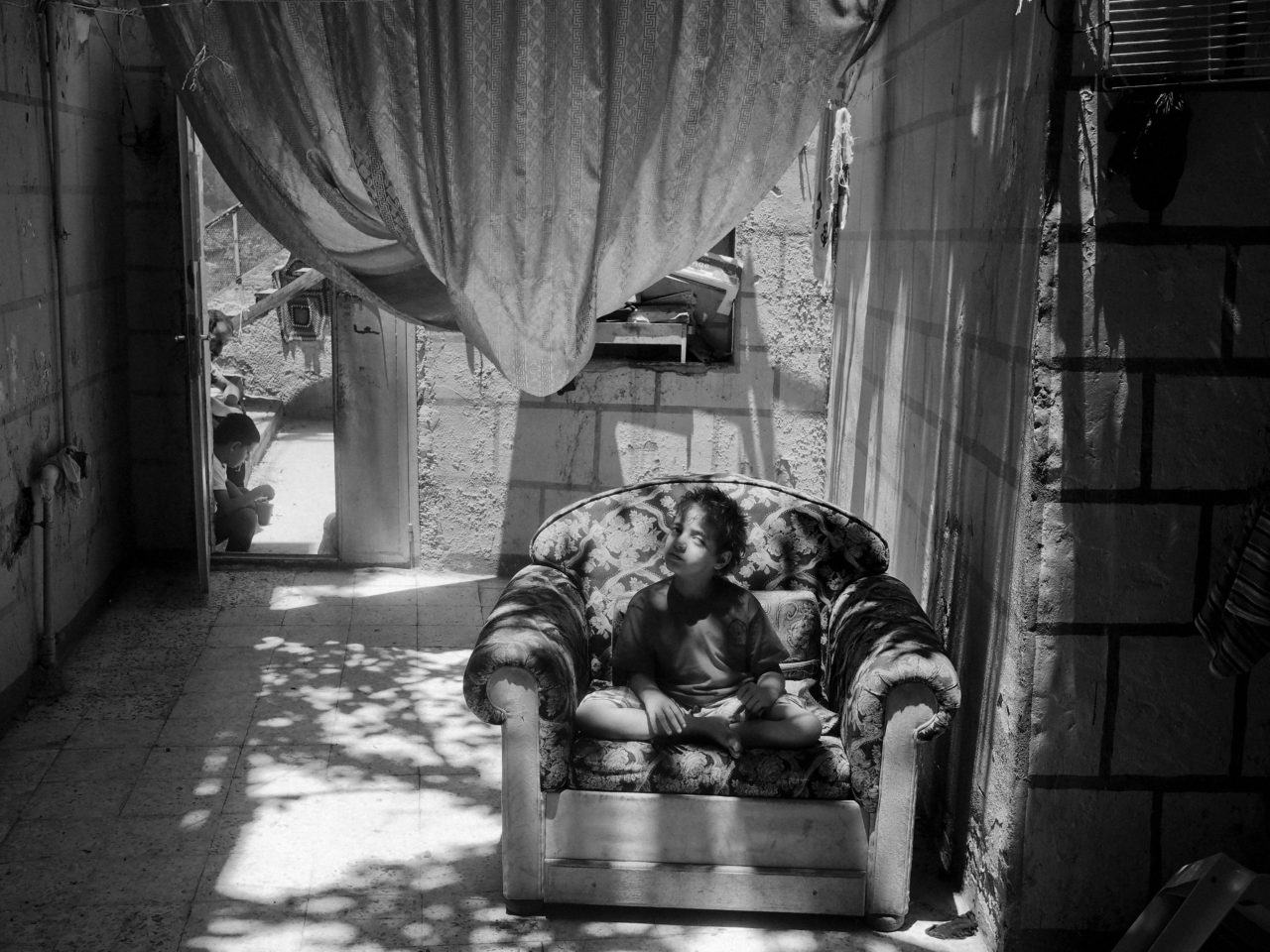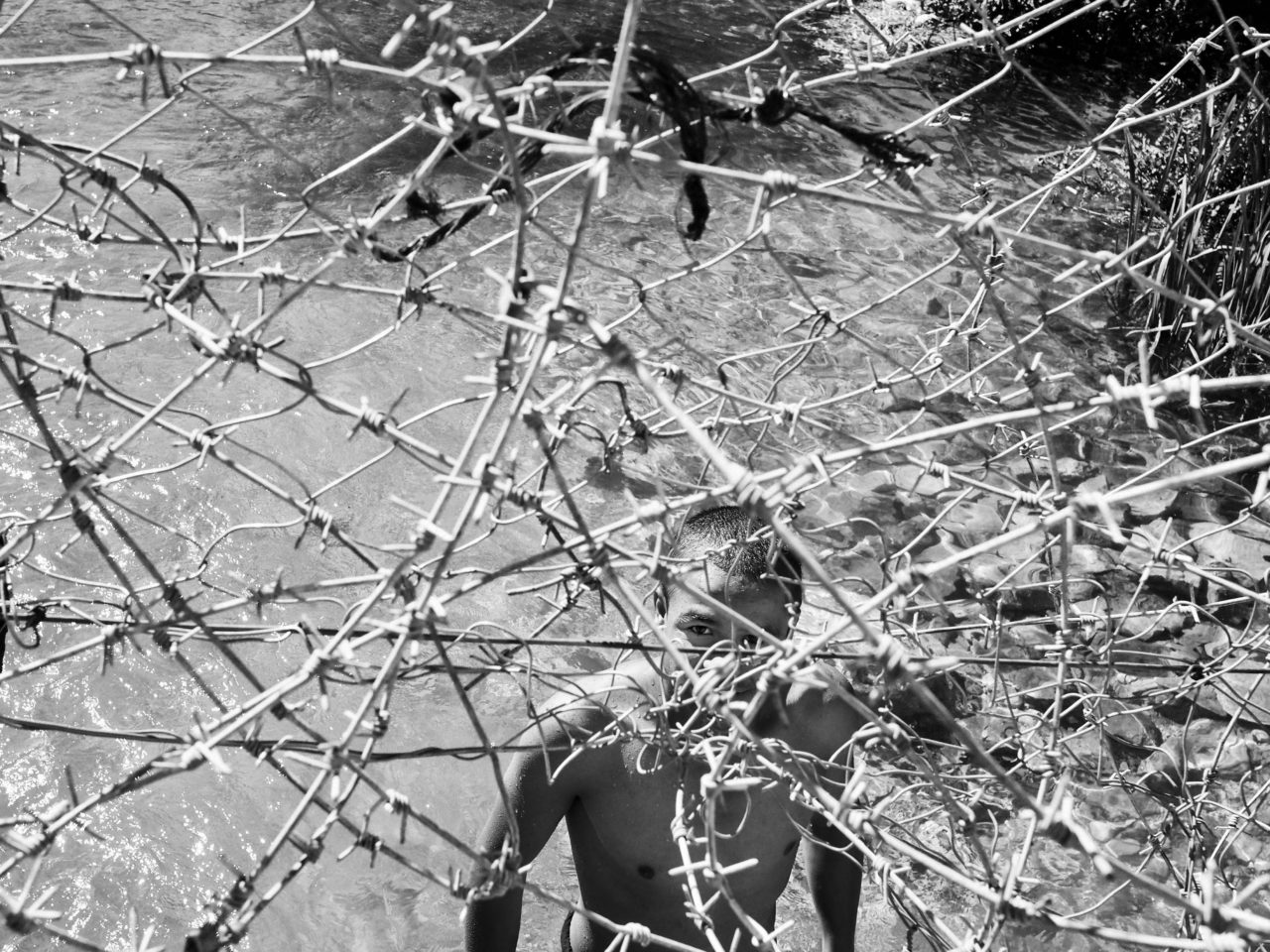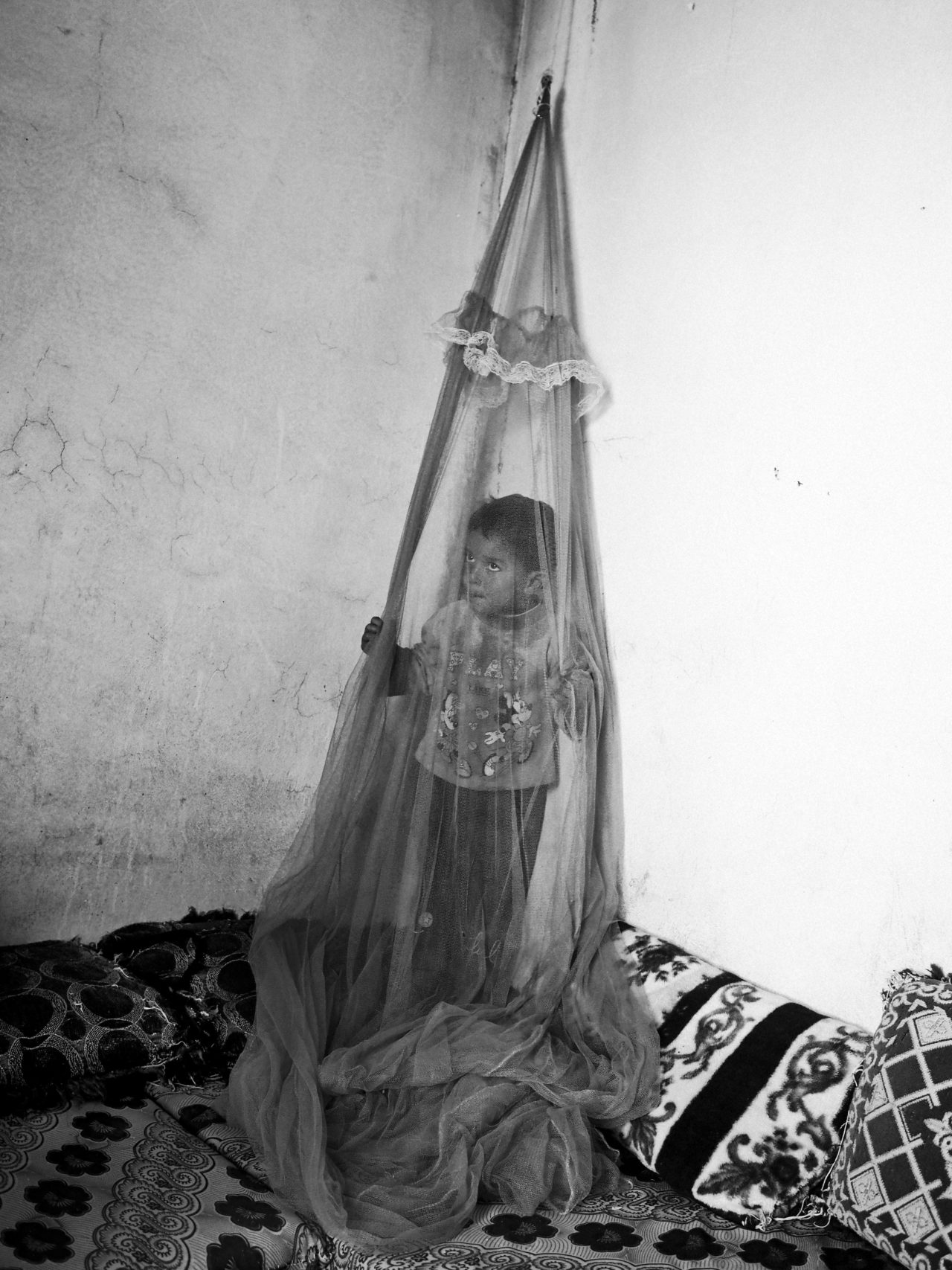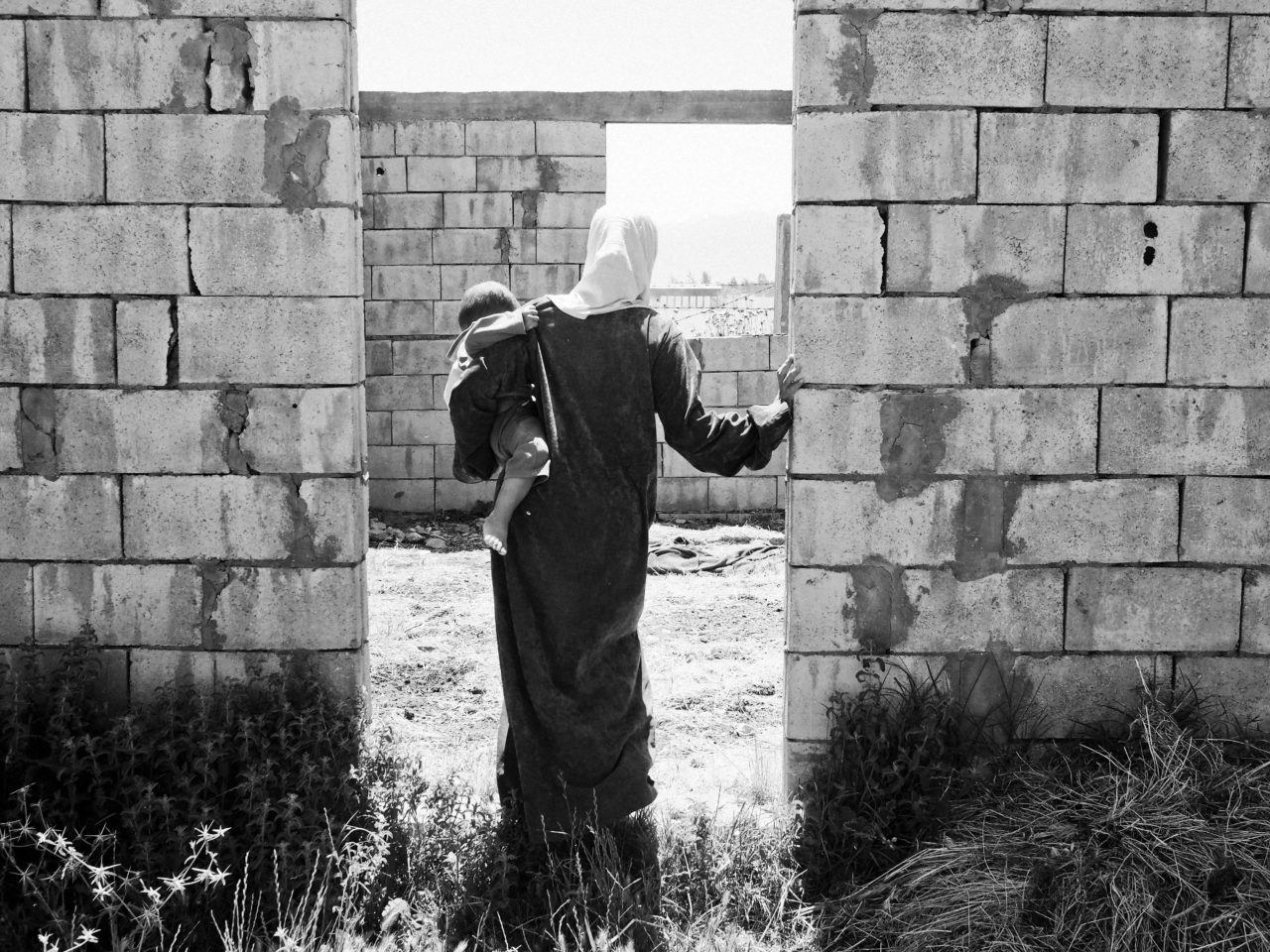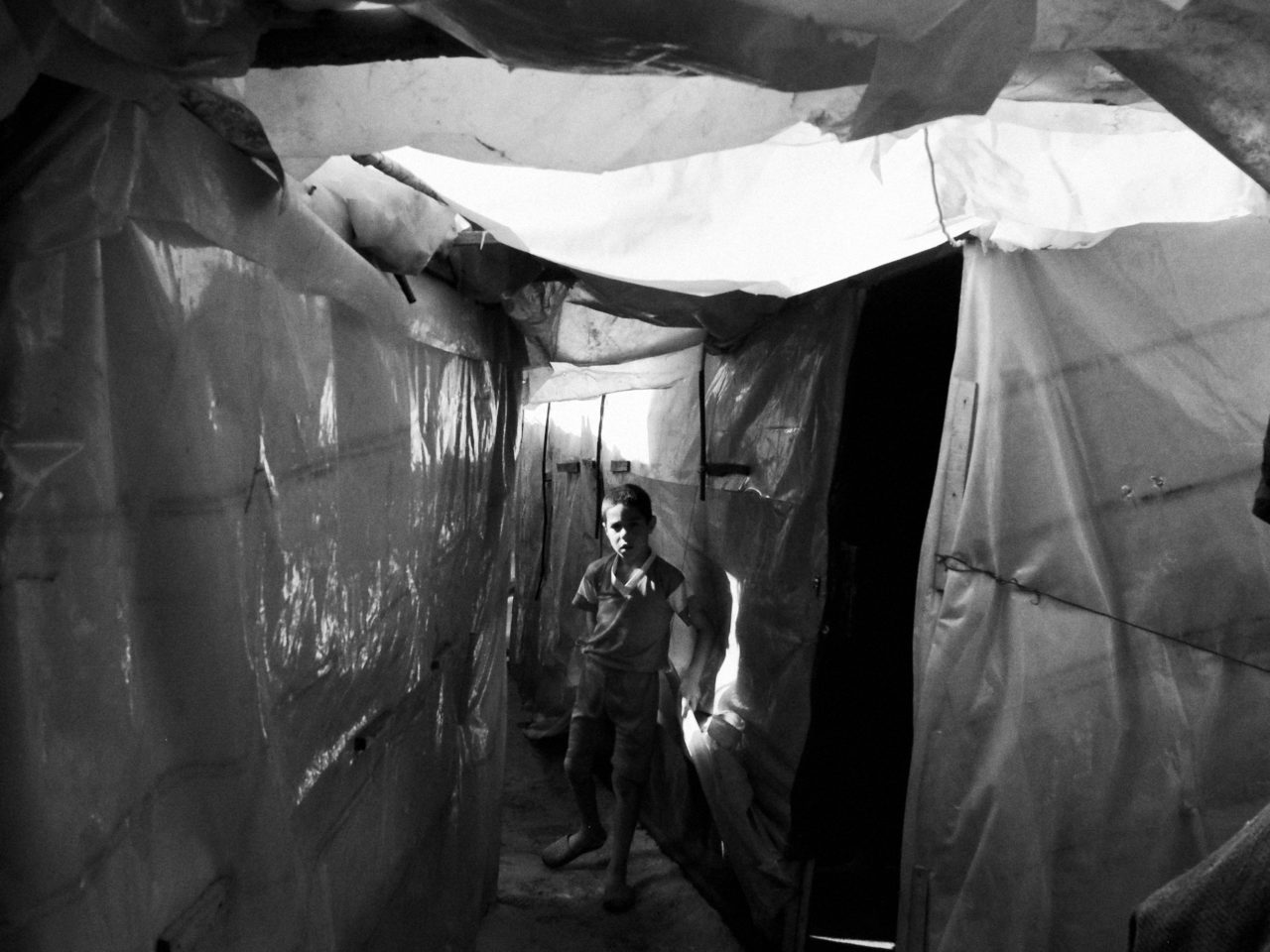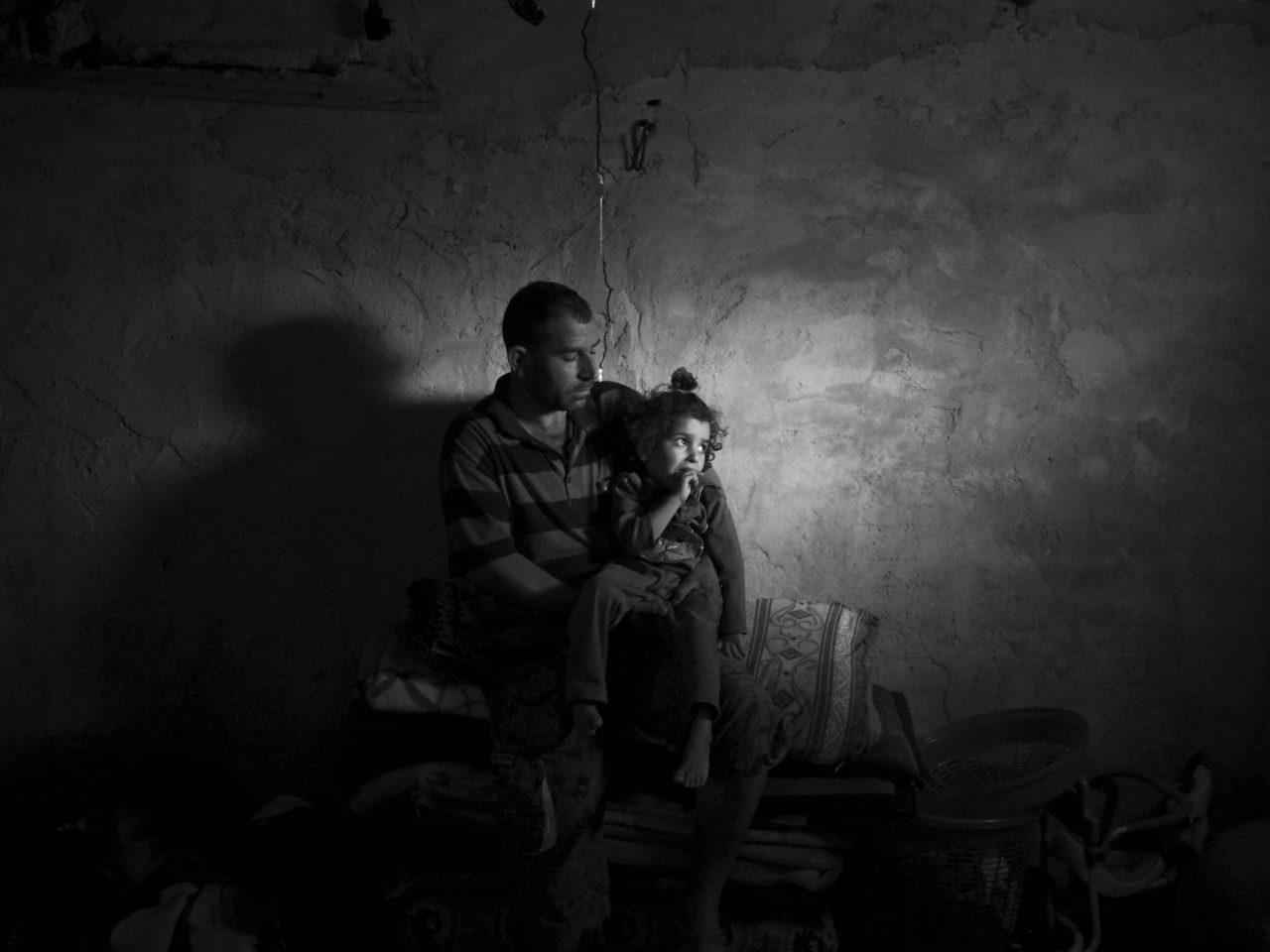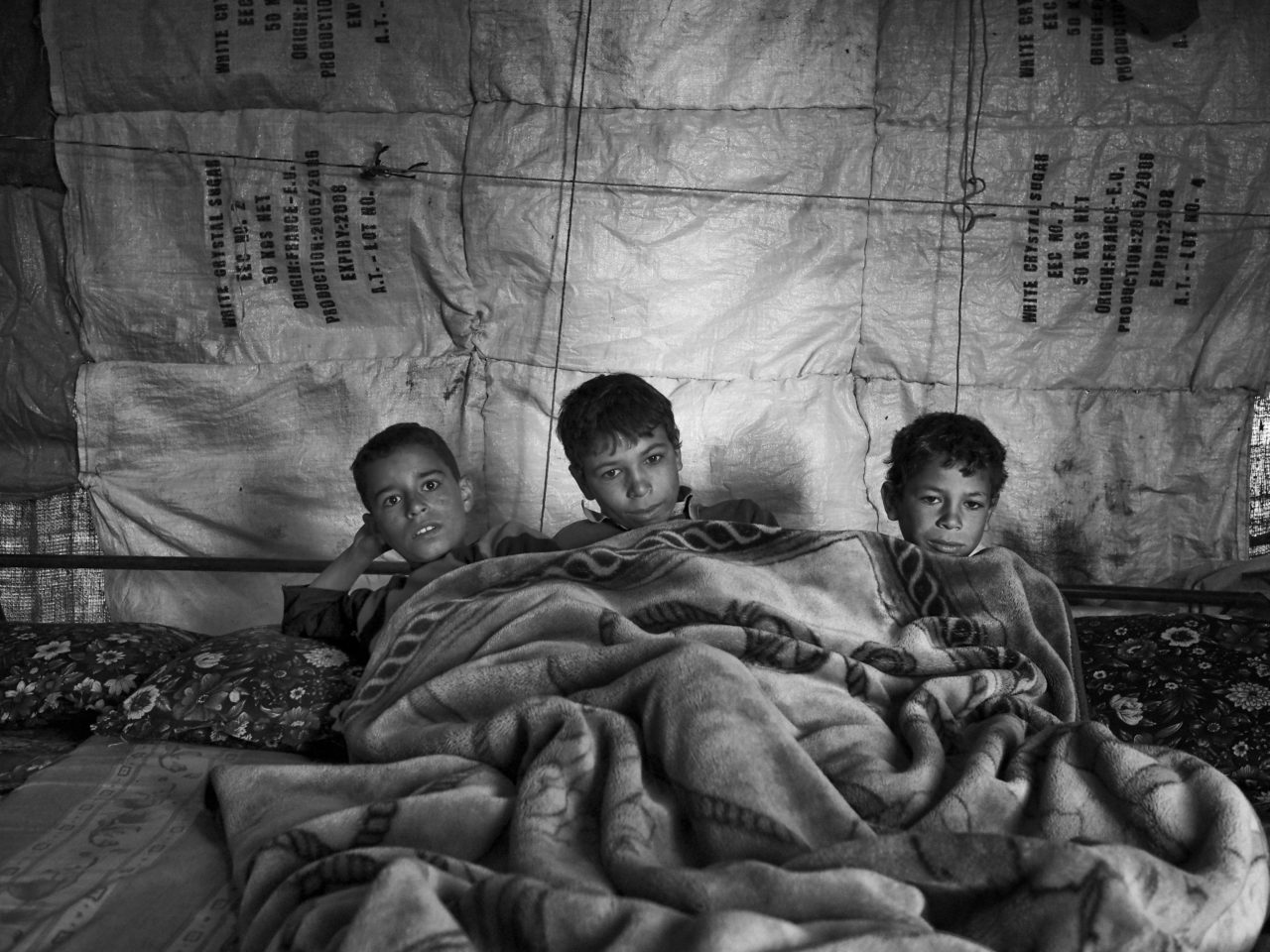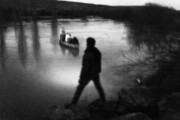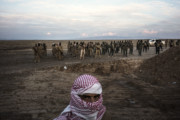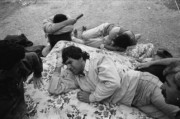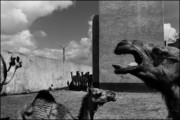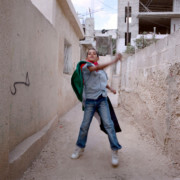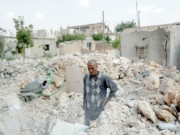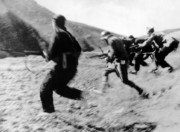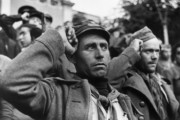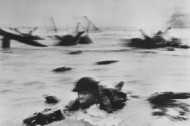Moises Saman Documents the Syrian Refugee Crisis
Moises Saman documents Syrian Refugees in Lebanon, Jordan and Turkey for Save The Children and reflects on his personal experiences in similar situations across the globe
“Another war, another refugee crisis. This recurrent dynamic has become all too familiar after years of working in areas of conflict. Standing in the middle of Zaatari, the sprawling refugee camp for Syrians in Jordan, I could squint and be transported back in time to similar scenes I’ve witnessed in places like Albania, Haiti, Afghanistan and Congo.
These awful places share a common scent – a mix of dust, sweat and brewed tea – that at times is accompanied by the unnerving sound that wind makes against flapping tents. The countless testimonies of massacres, executions, rape, ethnic cleansing, escape, survival, merge into a single narrative, one that amounts to slightly different versions of the same horror movie.
I remember photographing the first wave of Syrian refugees in early 2012. Under the cover of a cold winter night, and a young couple held tightly to their baby girl while trying to balance aboard a rickety boat that was smuggling them across the Orontes River, from Syria’s Idlib Province into the safety of Turkey. Since then more than 1.5 million Syrians have fled their homeland, seeking shelter wherever they can find it, renting apartments in east Amman, sleeping in makeshift tent settlements in the Bekaa Valley, or confined to fenced-in tent-cities along the borders of Jordan, Turkey, and Iraq.
As the war drags on, some of these camps are taking on the shapes of more permanent settlements. Cement structures and pre-fab trailers are slowly replacing the more temporary cardboard and plastic tents, echoing the past transformation of the original Palestinian refugee camps in Lebanon or Gaza. Refugees, too, become hardened with time, and their initial openness to share their experiences with a visiting stranger turn to silence, anger and frustration. I cannot help but feel a certain dose of guilt and pessimism when I chose to return to work in these camps. It is most agonizing when I encounter a Syrian family that I photographed in the past, only to find newly arrived relatives adding to the same small space; or when for the umpteenth time, a tired-looking refugee screams at me, demanding to know what good will the pictures do.” – Moises Saman, June, 2013.


